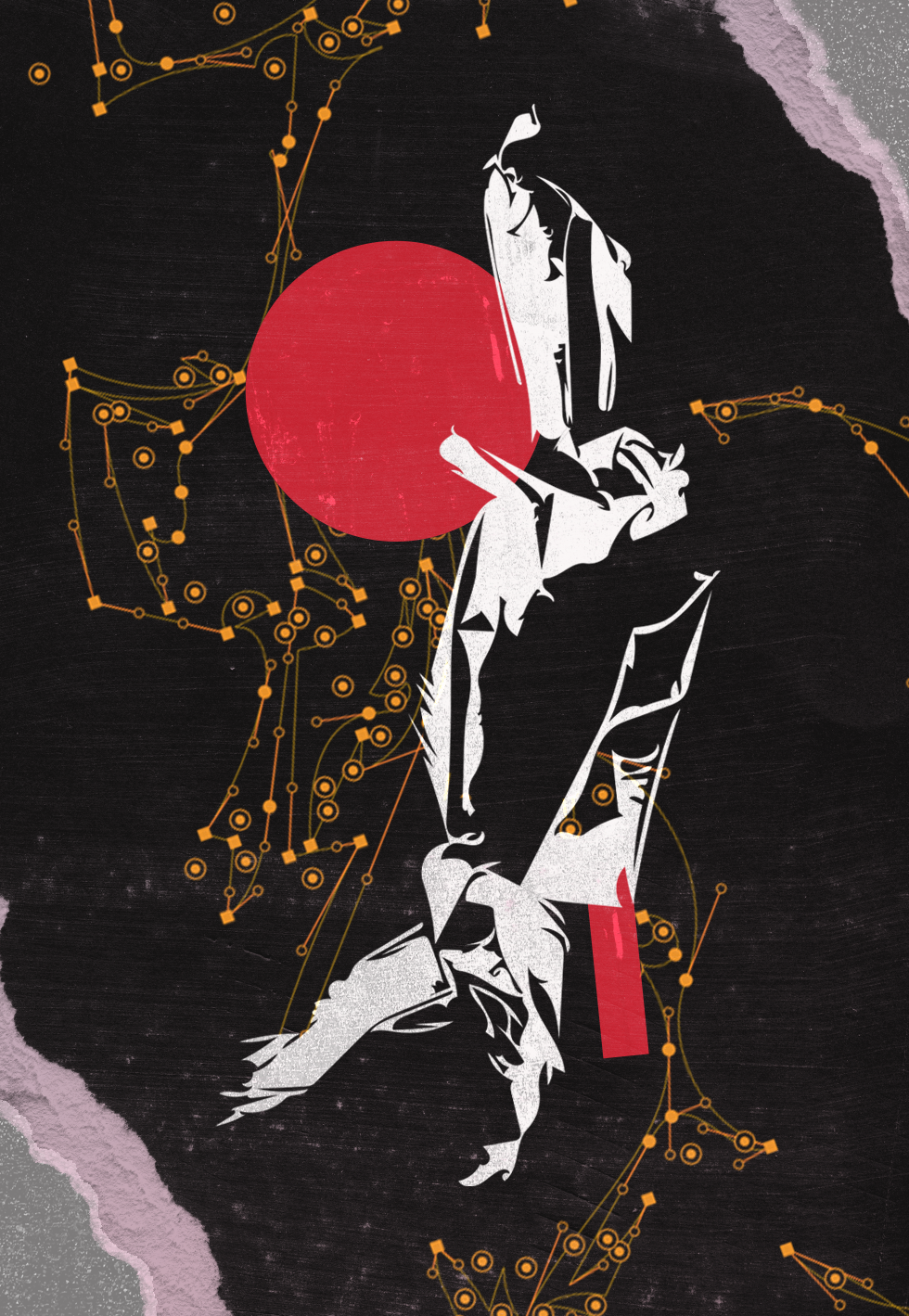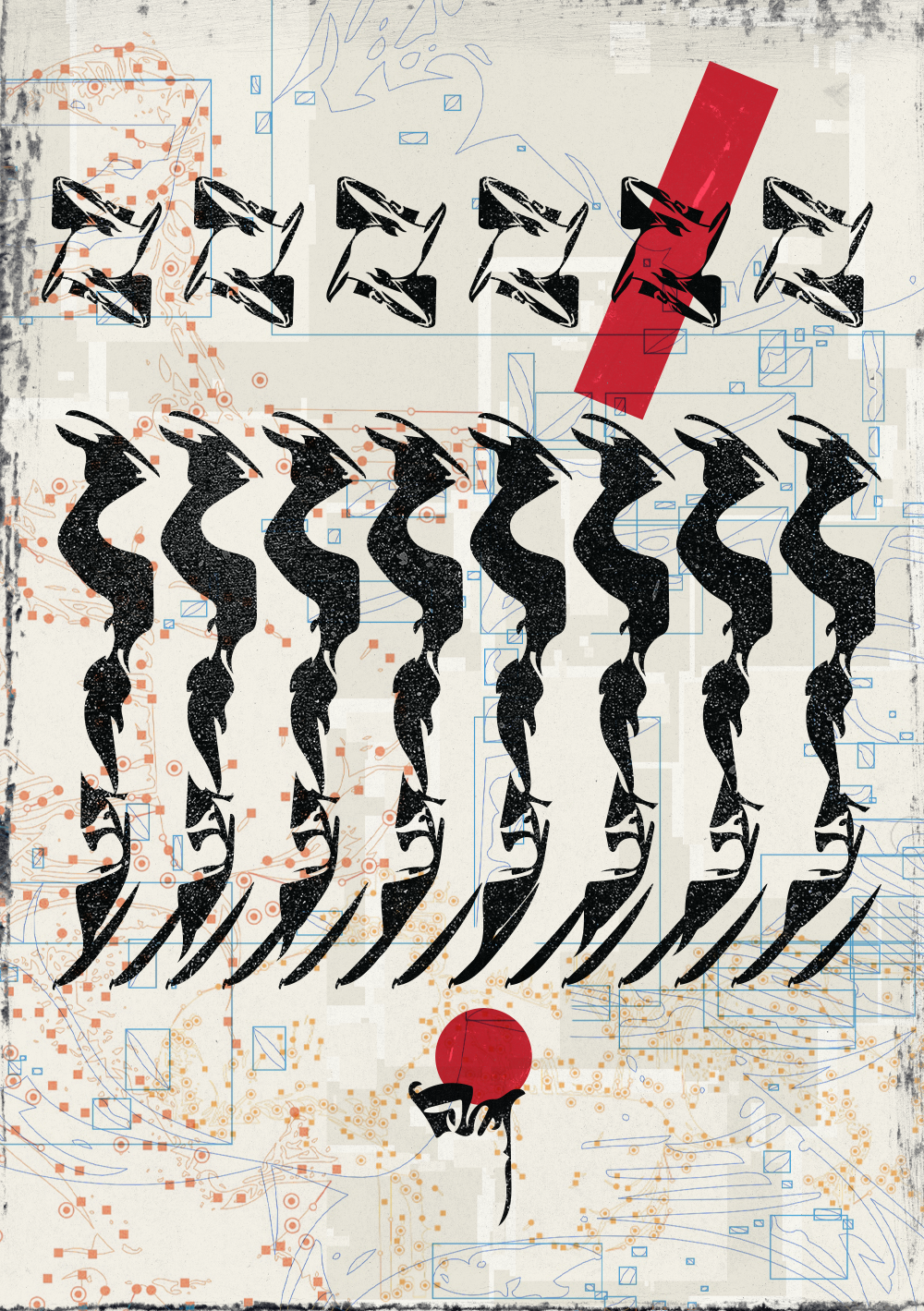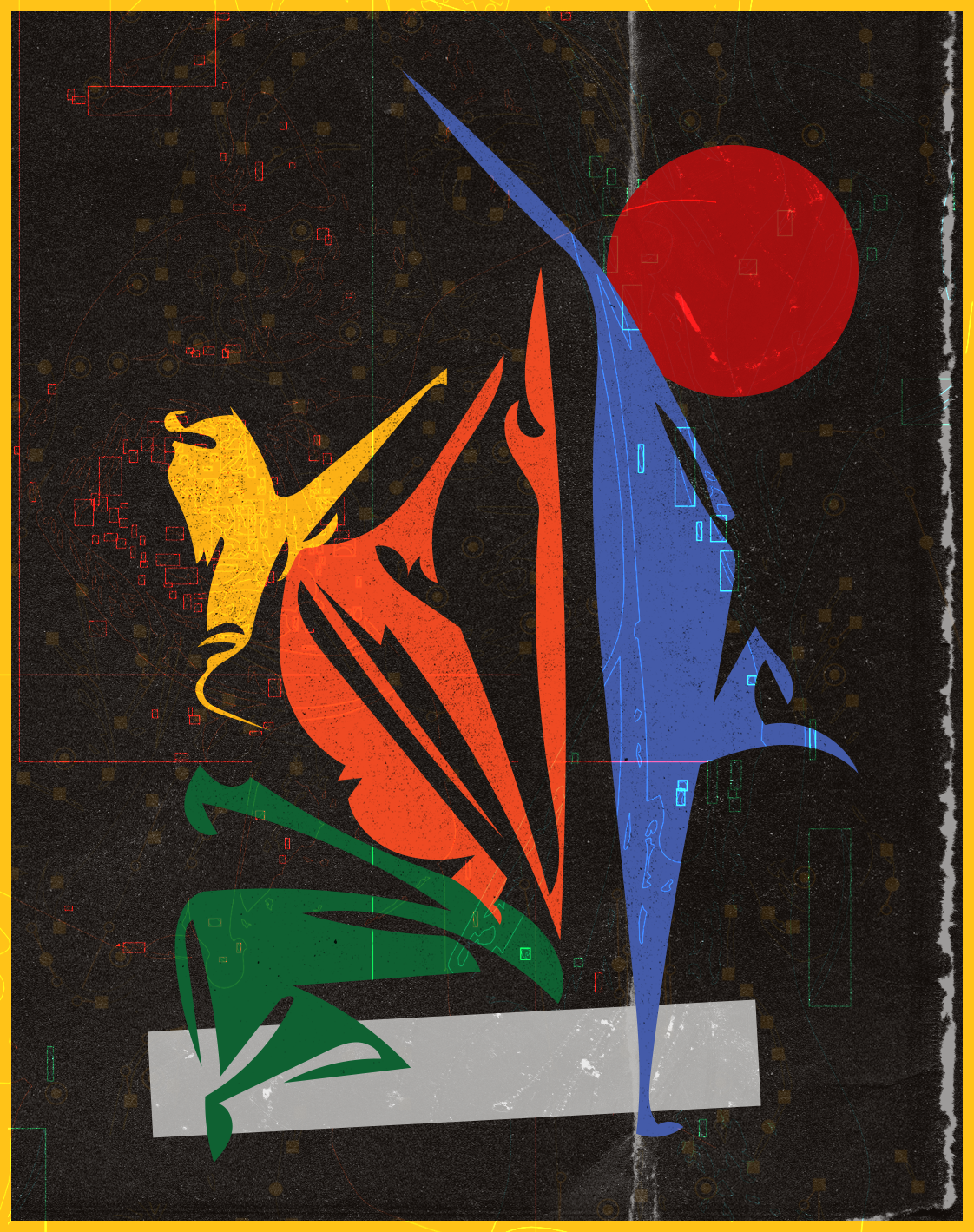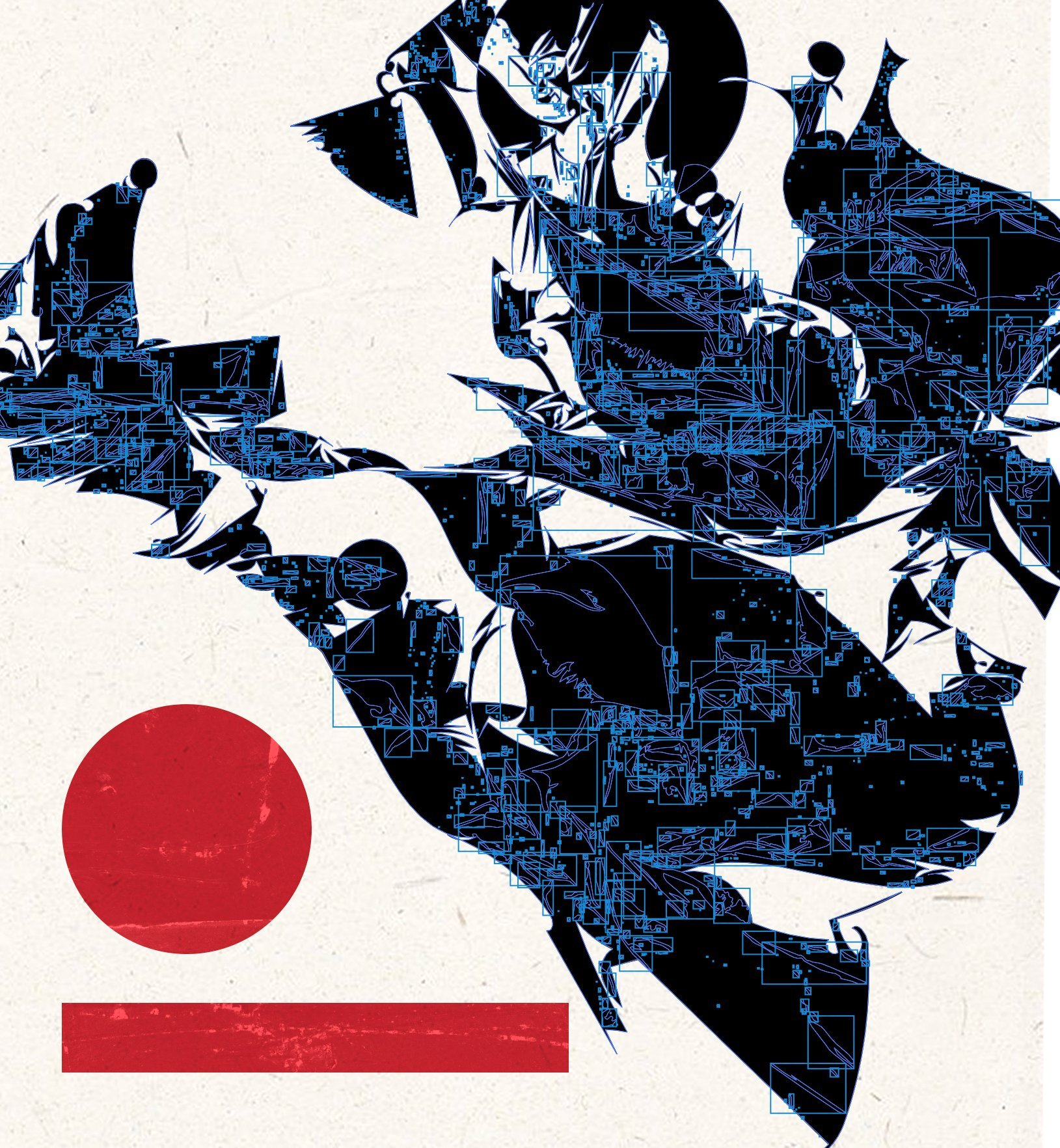FOILS
analog generative artworks
captured via aluminium foils




Foils is the exploration of human play in algorithmic art.




Every piece in the project begins as I take an ordinary object—an aluminum foil—and commit it to an analog process of repetitive folding. I then photograph the resulting fold, upload it to a workstation, polish the image, and add personal signatures to clarify what the piece evokes in me.
In most generative art, a human-made parameter within an algorithm curates data in order to produce a work. However, in Foils, the parameters are set by the pliable material, the curation is entrusted to the artist, and the piece emerges as a unique result from infinite probabilities.
Looked at this way, Foils resembles traditional sculpture: I manually handle the material to give it a certain shape, and then digitally chisel it through a quasi-generative action, until I judge the work to be complete, and give the piece a name according to what I believe it to mean, no matter how obvious or abstract the result may be.
By toying with the object in both physical and digital worlds, I introduce a human playfulness, imbue the material with my own whims, moods, and thoughts, until I consider it to be worthy of display.
As a form slowly crystallizes into shape, however, the piece also begins speaking its own language and tells me something. In naming the artwork according to what I see inside—almost like fortune telling from tea leaves—a personal, (sub)conscious element is once again brought into the project.
Each piece in Foils seeks to detect the moment within the interstition where a snap decision changes the work completely; when an uncanny neuron strikes within the artist to make a connection about the piece.
Every fold and every title records another entry to the history of the piece, the project, and the artist. When a finished artwork is minted, it is not only the single piece that is at stake, but the entire concept of the project.




